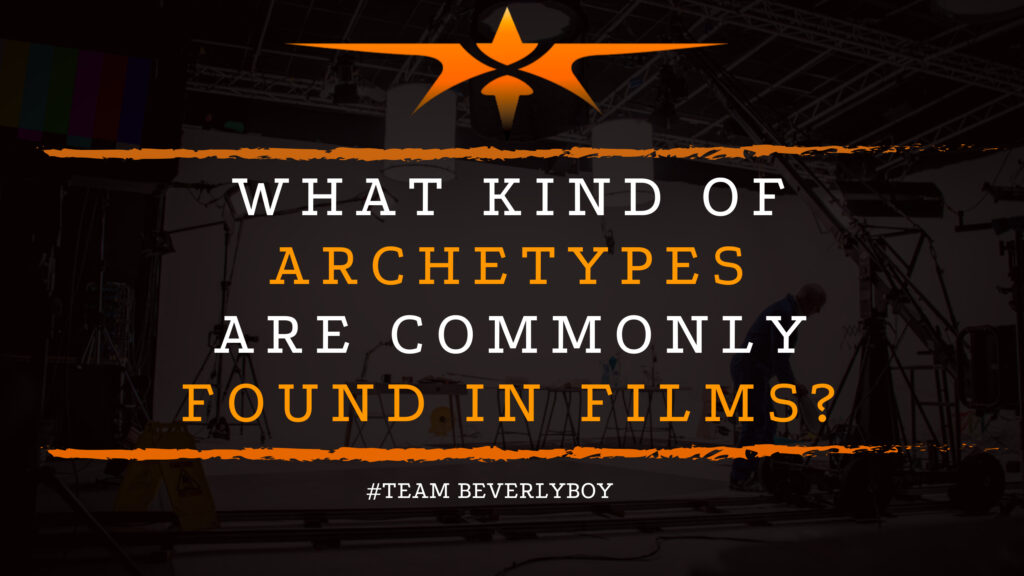What Kind of Archetypes are Commonly Found in Films?
Character archetypes are represented in everyday literature and in movies. The core values, traits, and thought patterns that make up a character’s overall features are represented. And can often be predicated by the character’s archetype. For example, the villain is known to work against the protagonist and often acts out of fear. While we realize that archetypes are common among literature and movies. What kind of archetypes are commonly found in films?

The most common archetypes from films and television include the:
- Leader
- Villain
- Caregiver
- Castaway
- Seducer
- Rebel
- Warrior
- Professor or mentor
Each of these archetypes can be better understood by the examples below.
The Leader
This character archetype is the one that leads the pack. He is typically forceful and confident. The leader may be brave and willing to dominate the situation while being motivated by the growth in his or her following.
This may be the king or queen, president, or CEO. The leader is typically against the rebel and enemies with the wildcard.
The Villain
The villain archetype is often fueled by fear and, though they may actually do the wrong things in an effort to somehow do right, they are certainly not the hero. Moreover, the villain works against the protagonist of the film and is usually enemies with the leader.
This may be the secondary leader, the one attempting to get others to follow for the wrong reasons.
The Caregiver
The caregiver archetype is responsible for prioritizing everyone else’s needs before their own. This individual wants to do what’s right by the world, regardless of how their generosity and support will negatively impact their own lives.
They’re vulnerable, may be naïve, and are likely to be manipulated by the villain. This archetype is often a teacher, nanny, nurse, or therapist.
The Castaway
The castaway archetype is represented by devote loyalty, but they are also generally the one to stay distanced from others and they may be what you would refer to as a loner.
The castaway is most likely to be represented in a story as an office worker, gardener, cook, artist, or someone that really just spends a lot of time alone.
The Seducer
The seducer is an archetypal character that is most known for their charm. They are charismatic and confident. However, the seducer has an alternative motive and they are often manipulative and seeking connection for their own purpose.
This character is sometimes a spy, lawyer, salesman, or thief and they are not likely to get along with the mentor or the leader who may call them out.
The Rebel
As we look at what kind of archetypes are commonly found in films, the rebel is one of the most frequently discussed. These individuals are going against the grain. They’re smart, and capable, but they are also likely to have a cynical approach.
They’re probably going to work closely with the seducer or to become allies with the castaway.
The Warrior
The warrior archetype is courageous and self-sacrificing. They’re going to do whatever it takes, wherever they can to persevere and help others. Also, they’re honorable and strong willed. But this can come off as stubbornness and may even be considered obsessive.
The warrior archetype is not going to get along well with someone that isn’t strong, so the caregiver mindset is just not going to mesh with this individual nor will the castaway.
The Professor or Mentor
And finally, the professor, sometimes referred to as the mentor archetype, is smart, perhaps genius, and they’re willing to share what they know. They are likely to prioritize their knowledge and problem solving skills, and equally likely to appear more than human.
They probably don’t care much about being socially acceptable. As they have a rigidness about them. And they are likely enemies with anyone that attempts to undermine their knowledge.
So, what kind of archetypes are commonly found in films that you watch? Can you define each of these archetypes in your own films?


